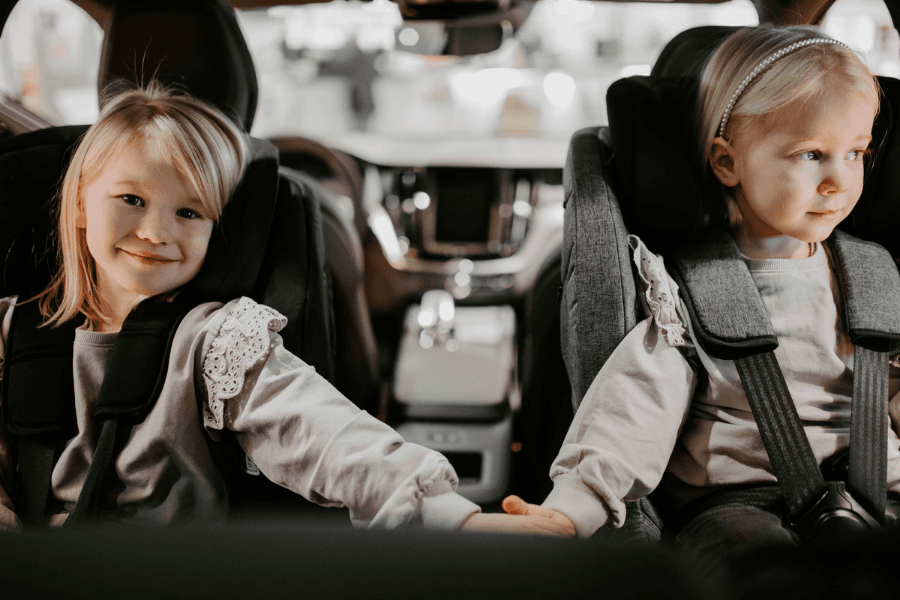Did you know that a rear-facing car seat is up to five times safer than a forward-facing seat? It is for this reason that all children are advised to ride in a rear-facing car seat for as long as possible. Today, there are not enough laws that regulate this, since it is recommended that your child travels rear-facing up to at least 4 years of age. Preferably even longer for your child's safety and with car seat's with high recommended length and weight range, it usually corresponds to almost 6 -7 years.
Why is it so much safer?
The big reason why a rear-facing car seat is safer is due to the support it gives the child's head and neck in the event of a collision. In relation to the rest of the body, a child's head is large and heavy and constitutes as much as 25% of the child's total body weight. To give some perspective on this, we can compare with an adult where the head only makes up 6% of the total body weight. When you place a child next to an adult, you can also see how much larger the head is in proportion to the total size of a child in comparison to the size of the head and body of the adult.
As a child's head is so much heavier, it also needs much more support. At the same time, the child’s neck is particularly vulnerable because it is not yet fully developed. The sensitive neck, combined with the weight of the head, makes it even more important to protect and give the child's neck the support for as long as possible.
Crash tests – rear-facing vs forward-facing
In frontal crash tests, it has been shown that the forces that affect the neck are up to 5 times greater when the child is sitting forward-facing compared to a rear-facing car seat. During impact, in a forward-facing seat the body is being pushed out of the car seat with only the belt keeping the upper body in place, but the head still wants to move forward. This results in crash forces being transferred to the child’s neck, creating enormous tension in the neck. The graph below illustrates the huge difference in neck forces that the child is exposed to in a frontal collision in a rear-facing car seat (green line) and forward-facing car seat (red line).
A rear-facing car seat’s biggest advantage is that it supports the child’s entire back, neck and head, distributing the crash forces over a larger area and therefore significantly reduces the forces acting on the sensitive neck. Therefore, a rear-facing car seat gives your child better protection and reduces the risk of injury in the event of a collision.
Read more about the choice of car seat and how the car affects the installation options in our car seat guide, which you will find in Articles and Tools.
